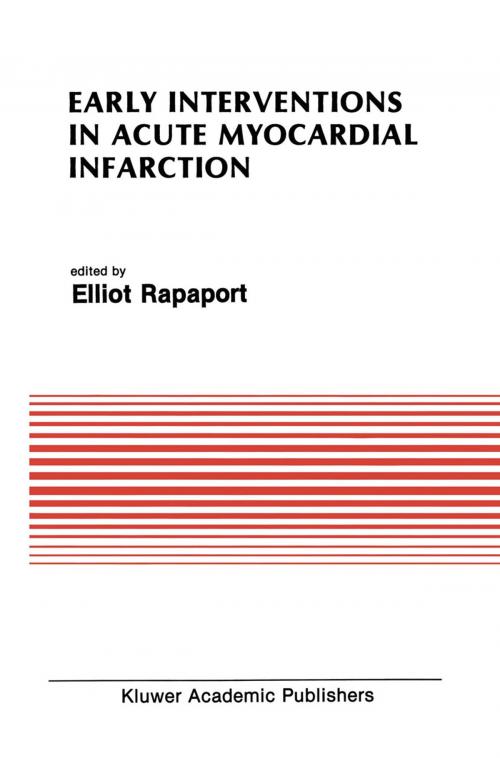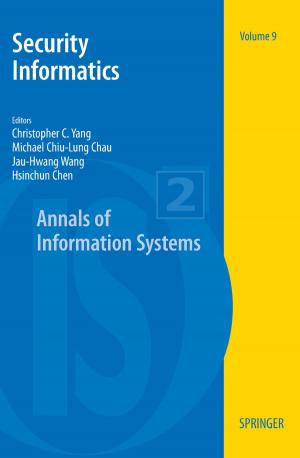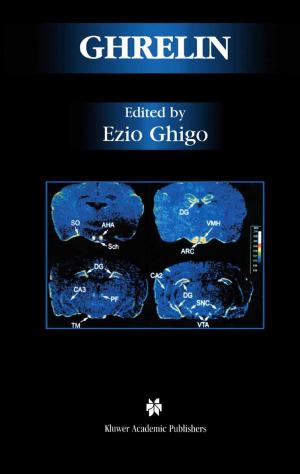Early Interventions in Acute Myocardial Infarction
Nonfiction, Health & Well Being, Medical, Surgery, Thoracic, Specialties, Internal Medicine, Cardiology| Author: | ISBN: | 9781461315971 | |
| Publisher: | Springer US | Publication: | December 6, 2012 |
| Imprint: | Springer | Language: | English |
| Author: | |
| ISBN: | 9781461315971 |
| Publisher: | Springer US |
| Publication: | December 6, 2012 |
| Imprint: | Springer |
| Language: | English |
Our understanding of the pathophysiology of acute myocardial infarction has grown enormously in recent years. This has led to an increasingly aggressive approach to management, designed to blunt the extent of infarction by salvaging acutely ischemic myocardium. Alternatives now include throm bolysis, PTCA with and without prior thrombolysis, and emergency bypass surgery, as well as the more aggressive use of a variety of drugs. This book consists of a series of chapters by experienced cardiologists and cardiovascular surgeons that present today's state of the art in managing acute myocardial infarction. It is written with the purpose of presenting practical approaches of value to the clinician related to the more complex problems faced in dealing with patients undergoing myocardial infarction. xi EARLY INTERVENTIONS IN ACUTE MYOCARDIAL INFARCTION 1. MANAGEMENT OF ARRHYTHMIAS IN THE CORONARY CARE UNIT NORA GOLDSCHLAGER, RODERICK WOODS, AND NEAL BENOWITZ With the advent of coronary care units, mortality from cardiac arrhythmias occurring during acute myocardial infarction has been unquestionably and dramatically reduced. In addition, continuous electrocardiographic monitoring has resulted in the recognition of specific arrhythmias related to acute ischemic heart disease and thus to the development of appropriate strategies for their management. This chapter will review certain specific aspects of those bradyarrhythmias and atrial and ventricular tachyarrhythmias that are seen most commonly in acute myocardial infarction. Pharmacologic therapy, including the use of some of the newer antiarrhythmic agents, will be discussed, as will pacemaker ther apy of both bradyarrhythmias and tachyarrhythmias.
Our understanding of the pathophysiology of acute myocardial infarction has grown enormously in recent years. This has led to an increasingly aggressive approach to management, designed to blunt the extent of infarction by salvaging acutely ischemic myocardium. Alternatives now include throm bolysis, PTCA with and without prior thrombolysis, and emergency bypass surgery, as well as the more aggressive use of a variety of drugs. This book consists of a series of chapters by experienced cardiologists and cardiovascular surgeons that present today's state of the art in managing acute myocardial infarction. It is written with the purpose of presenting practical approaches of value to the clinician related to the more complex problems faced in dealing with patients undergoing myocardial infarction. xi EARLY INTERVENTIONS IN ACUTE MYOCARDIAL INFARCTION 1. MANAGEMENT OF ARRHYTHMIAS IN THE CORONARY CARE UNIT NORA GOLDSCHLAGER, RODERICK WOODS, AND NEAL BENOWITZ With the advent of coronary care units, mortality from cardiac arrhythmias occurring during acute myocardial infarction has been unquestionably and dramatically reduced. In addition, continuous electrocardiographic monitoring has resulted in the recognition of specific arrhythmias related to acute ischemic heart disease and thus to the development of appropriate strategies for their management. This chapter will review certain specific aspects of those bradyarrhythmias and atrial and ventricular tachyarrhythmias that are seen most commonly in acute myocardial infarction. Pharmacologic therapy, including the use of some of the newer antiarrhythmic agents, will be discussed, as will pacemaker ther apy of both bradyarrhythmias and tachyarrhythmias.















